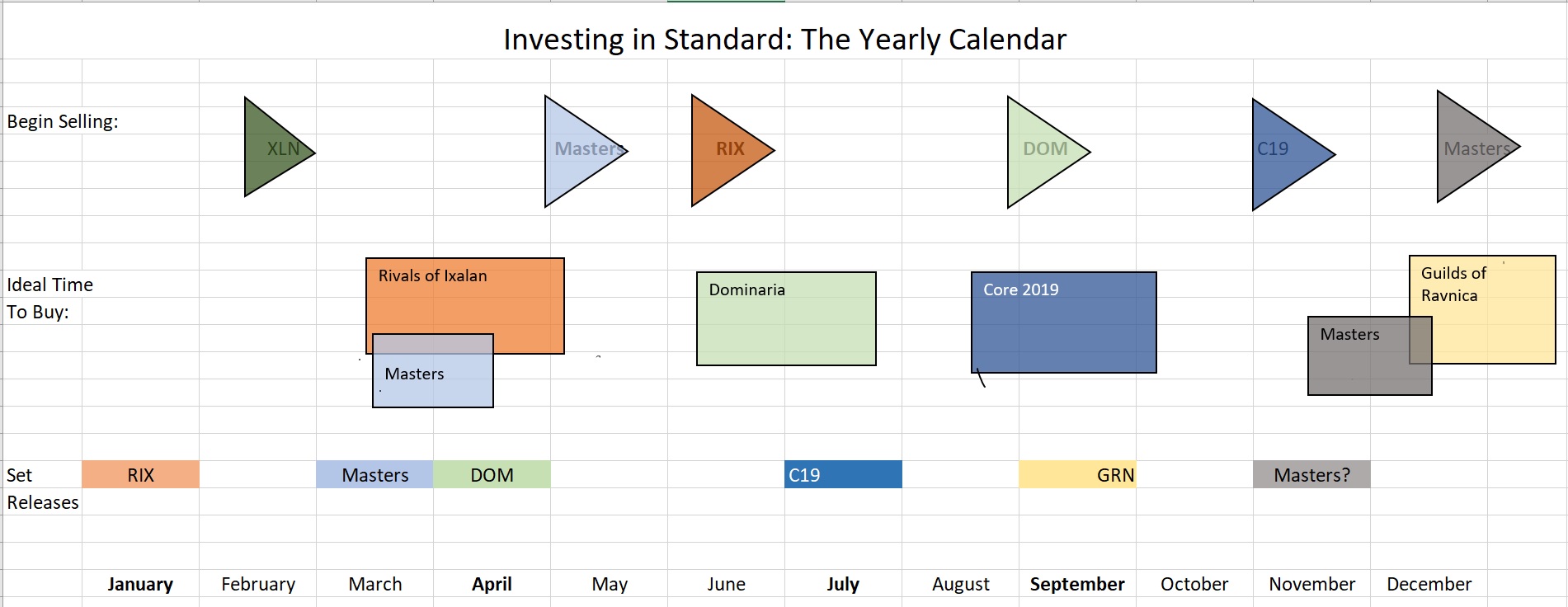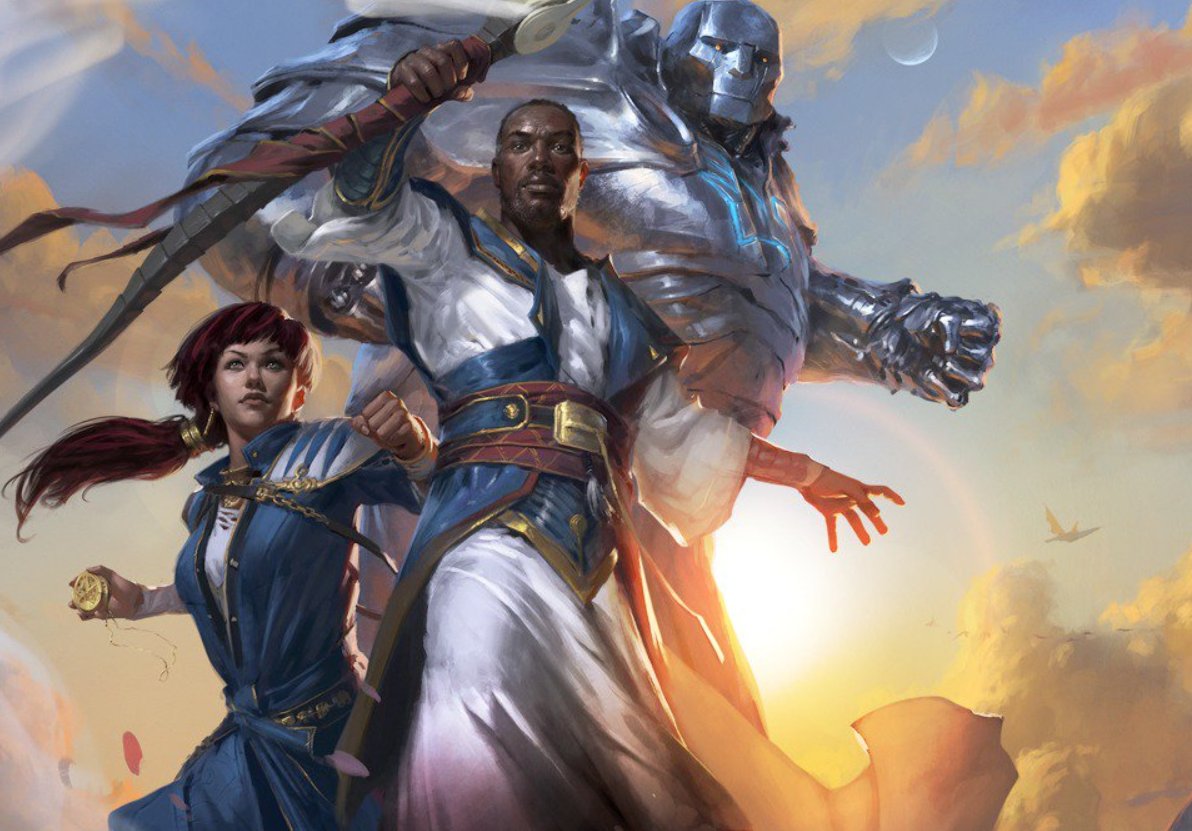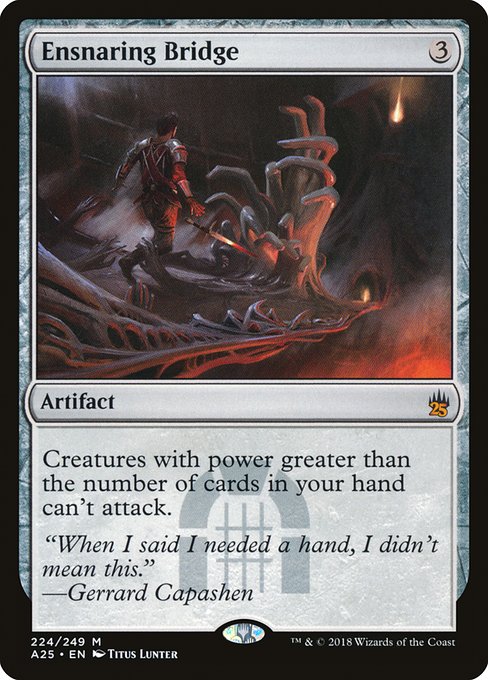Are you a Quiet Speculation member?
If not, now is a perfect time to join up! Our powerful tools, breaking-news analysis, and exclusive Discord channel will make sure you stay up to date and ahead of the curve.
Welcome back, folks. MTGO speculators often want to know when they should start investing in cards from a particular set or format. How does one know when is a good time to be investing in Dominaria? Is it too soon or too late to be investing in Ixalan or Rivals of Ixalan cards? Should we be afraid to speculate on Amonkhet block cards? Is there a best season to invest in Standard or Modern cards?
Using the flow of the calendar year to your advantage is a critical step toward becoming a better speculator on MTGO. Let's go over how we might do so.
I. The MTGO Calendar: Level Up
Today I'm going to show you how I use the yearly calendar in my investment strategy to maximize returns and minimize losses. I've created a visual chart that shows the general flow of my investment buys and sells over the course of a given year. The most important dates are, of course, the set releases. It is around those that the MTGO year revolves, and you should get accustomed to thinking of MTGO finance in terms of four seasons, which conveniently overlap with the astronomical seasons: the winter set, spring set, summer set, and fall set. This year, those four seasons will be represented by Rivals of Ixalan, Dominaria, Core 2019, and Guilds of Ravnica.

About 65 to 70 percent of my investments on MTGO follow the above paradigm. Remember back in April when I said that May would likely be a quiet month? The calendar indicates why - the optimal time to invest in Rivals of Ixalan cards has already passed, the optimal time to invest in Dominaria has yet to begin, and there's not much to sell since the Modern and Eternal cards in Masters 25 have yet to go up in value since the competitive focus is still on Standard.
Why is this calendar so important? Why should you internalize and memorize its rhythms?
1) Sets on MTGO follow a predictable pattern.
Their values are at their lowest (i) just before the release of the next set and (ii) just before they rotate out of Standard. The most elementary strategy you can employ to safely invest on MTGO is to buy cards during period (i) and sell them before period (ii). Once you recognize this and start employing this strategy, it will seem intuitive, and you'll notice your rate of return go up.
Let's take Dominaria as an example. When will I be investing in Dominaria cards? Since Core 2019 is coming out the first week of July, I'll likely invest in Dominaria cards between June 10th and July 15th. All in all, as much as 75 percent of the money I ever pour into Dominaria will likely be done during that window. I then wait a few months to let the value of the set recover, and then I begin being open to selling. As the months go by, I become more and more willing to sell, and I will try to have all of my Dominaria cards sold by the release of the set just before Dominaria rotates (Core 2020, presumably).
On average, sets reach their maximum value between six and ten months after their release. The ideal time to sell Dominaria cards will likely be between October of 2018 and February of 2019, but I'm open to selling Dominaria cards at the time indicated in the calendar.
2) Use my article series on each set as a clue that you should start looking to invest in that set.
There's a reason why I don't write my articles on each set when everyone else does. If you go to StarCityGames or TCGplayer, you'll see that they do their Dominaria finance articles right when the set releases. One reason for that is that they are writing primarily for a paper audience. I write my set series at the time when I think you should be thinking about investing in that set, and that's typically about four to six weeks before the release of the next set.
3) Remember that cards on MTGO are not opened in the same way that they are in paper.
In paper, an overwhelming supply hits the consumer base like a freight train and then gets slowly assimilated over time. On MTGO, supply comes almost exclusively from Draft and Sealed, so supply is low at the start of a new set release and then gradually increases over time until the next set is released.
4) Masters sets do not follow the same price patterns as regular Standard sets.
Masters sets tend to reach their lowest point only a week or two after their release, and their recovery time is dependent more on the metagame and current interest in Modern (more on that in a bit) than on time-after-release. The ideal time to begin selling could be a month after release, or it could be nine months after release. This makes them more unpredictable.
II. The MTGO Calendar: Advanced Level Up
There are a few other aspects to the calendar to be aware of, especially if you're investing in Modern, Legacy, or Pauper cards.
1) Know when Modern is likely to be a popular format and plan your Modern investment around that.
The most important date to focus on is when the Pro Tour will have Modern. In general, Modern card prices will reach relative peaks in the month before and after its Pro Tour since that's when interest in the format is at its peak. This year that will occur twice thanks to the 25th Anniversary Pro Tour, as Modern was featured in February and will be again in August.
As a practical example of how this should affect your selling decision making, let's consider my Masters 25 investment into Ensnaring Bridge. I bought in around 21 tix, and recently the card has been doing well, up to 28 tix. One reason I'm waiting to sell it for even higher, and have the confidence that I will be able to sell it higher, is that the Magic community's focus is on Standard right now, thus depressing Modern prices. With the 25th anniversary coming in two months, it makes sense to wait for attention to turn to Modern. Then maybe I'll be able to sell those Bridges for 35 to 40 tix instead of 26 tix.
2) The month of December is a great time to make investments.
Not only is Standard growing stale at this time, but many are in the midst of finals, and many more are celebrating Christmas and New Years and traveling to visit family. Card prices always take a dip during this month, and it's a great time to buy some cards. It's a smart idea to try to do some selling in October and November to free up some capital to spend in December.
III. Signing Off
Thanks for reading this week. Next week I believe I'll be starting my series on Dominaria, so be on the lookout for it! A copy of my portfolio can be found here. If you have any questions, please leave them down below.
The Uncommon Cube is definitely my favorite cube of those that have been offered on MTGO. Give it a shot if you haven't already done so. While some traditional cube strategies are present (Ramp and good-stuff midrange chief among them), more often you need to develop a more concrete gameplan to succeed, something I enjoy very much. The gameplay is also excellent, as both players are given the chance to make meaningful decisions game-in and game-out.


















How does the MTGO calendar compare to buy/sell times in paper?
Hey John,
I wouldn’t call myself an expert on paper finance since I don’t do any speculation on paper cards, but paper sets tend to be at their peak at the very beginning of their life cycle and then just gradually drop from there (see Hour of Devastation’s graph as an example here: https://www.mtggoldfish.com/index/HOU#paper). This makes speculating on Standard cards in paper finance *much* more about identifying the cards that are undervalued and underappreciated, or identifying cards that have the potential for improvement given a changing card pool. What we don’t see in paper are the natural rhythms of lows and highs that you see on MTGO (it’s much easier and far less risky to invest on MTGO than in paper).
For paper, what makes it problematic is WotC apparently took a cautious approach to Dominaria’s release by throttling supply, or they just screwed up, so ironically those who preordered came out ahead (I preordered 4x Karn when he was $30’ish). Preorder boxes were about $83/ea, and are now $100/ea! This goes against conventional wisdom where WotC was printing sets into oblivion.
This is just one more reason investing in MtGO is safer, because there’s less unpredictability on the logistics side of things.
This logjam is responsible, I think, for Dominaria card prices being so high on MTGO. I’m not sure when the last time a set held firm at a $110-$120 value, but it’s been a long time. Do we know if and when Wizards is going to release another wave of Dominaria product?
Nice article! This is good advice.
Great article. One question I have is once it’s time, do you sell to bots, an online buylist, or do you run your own bot?
Also, if you ever cash out your tix back to fiat, what method do you use?
Thanks!